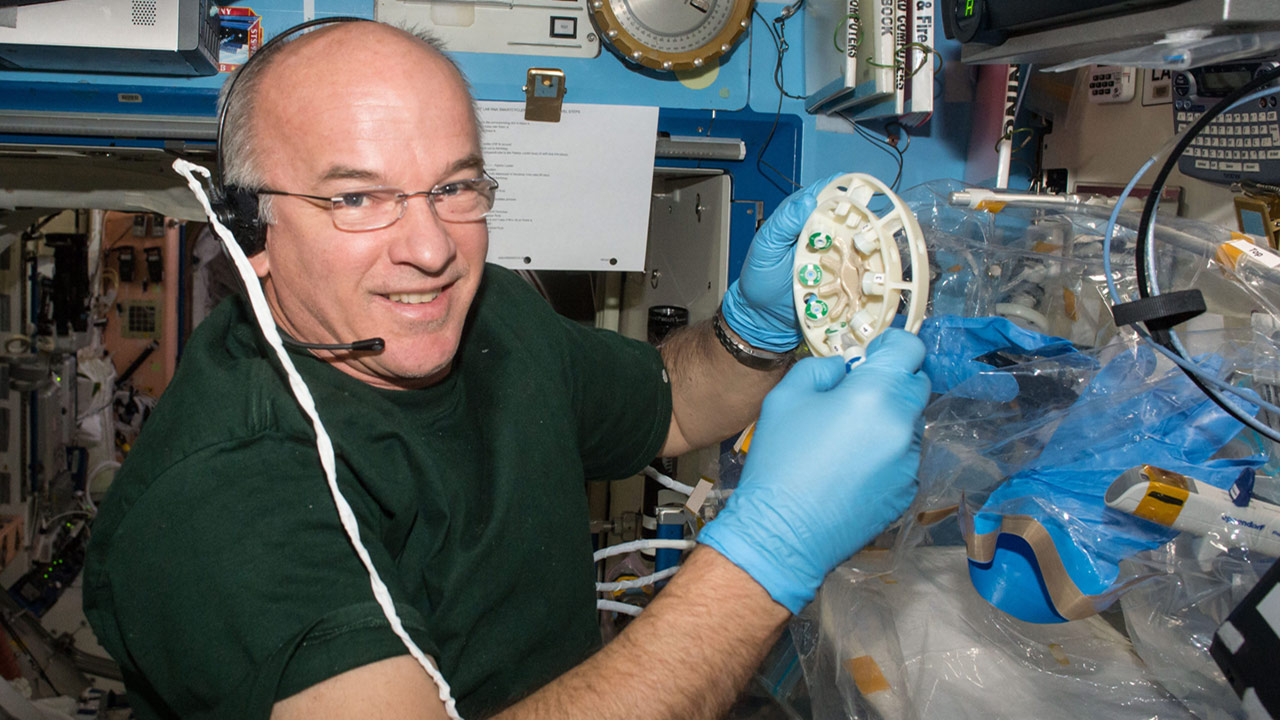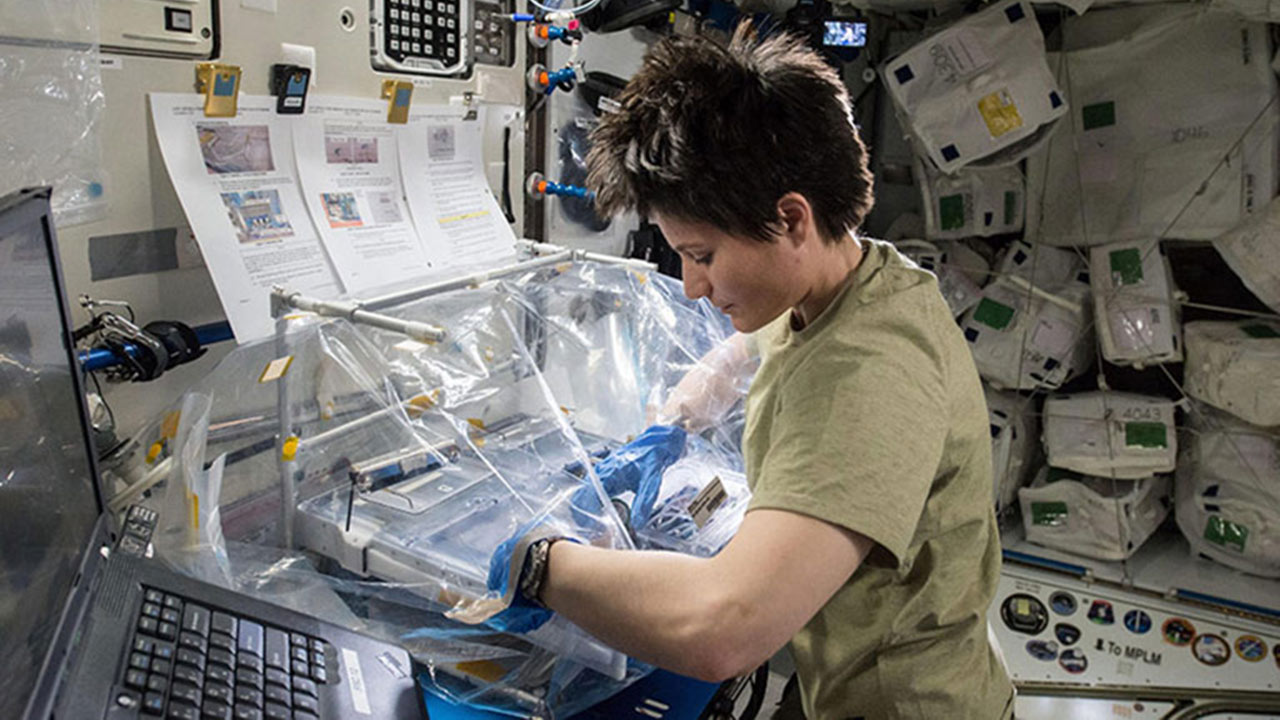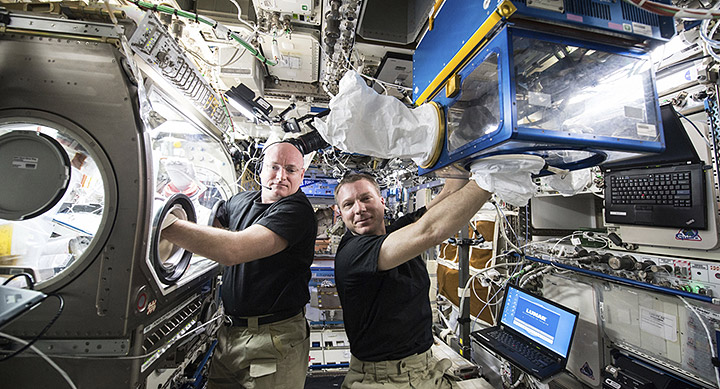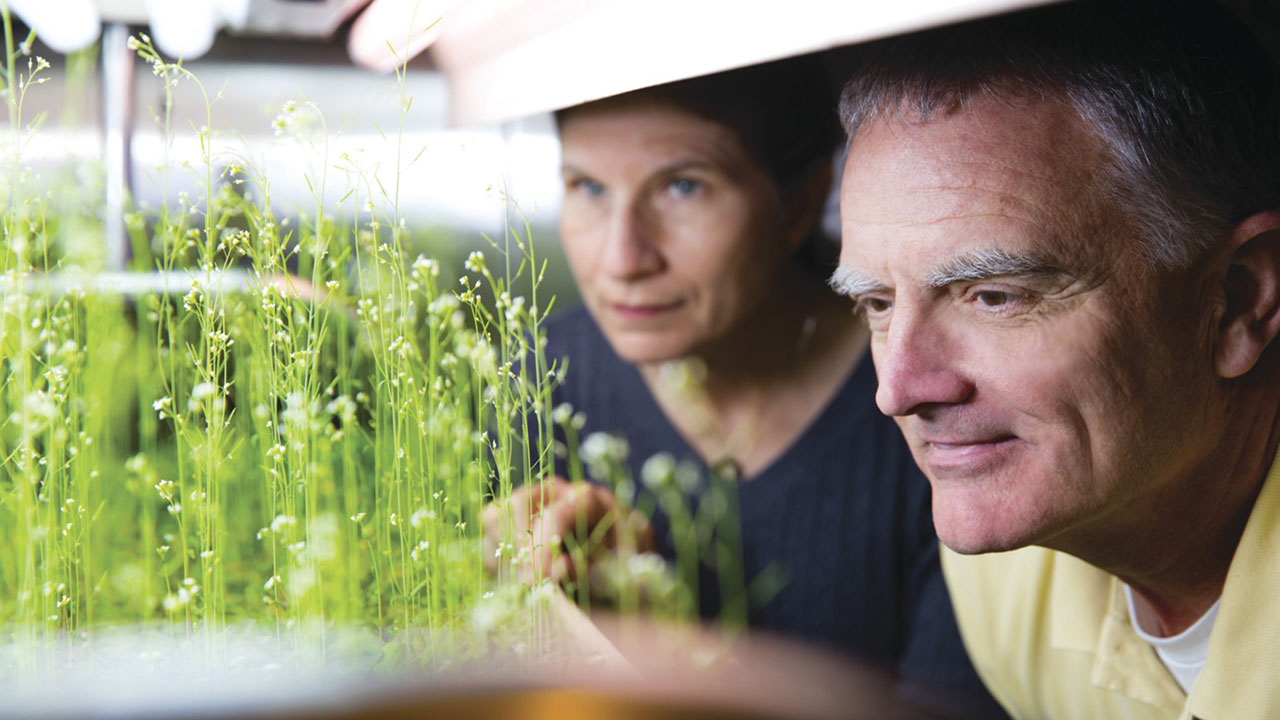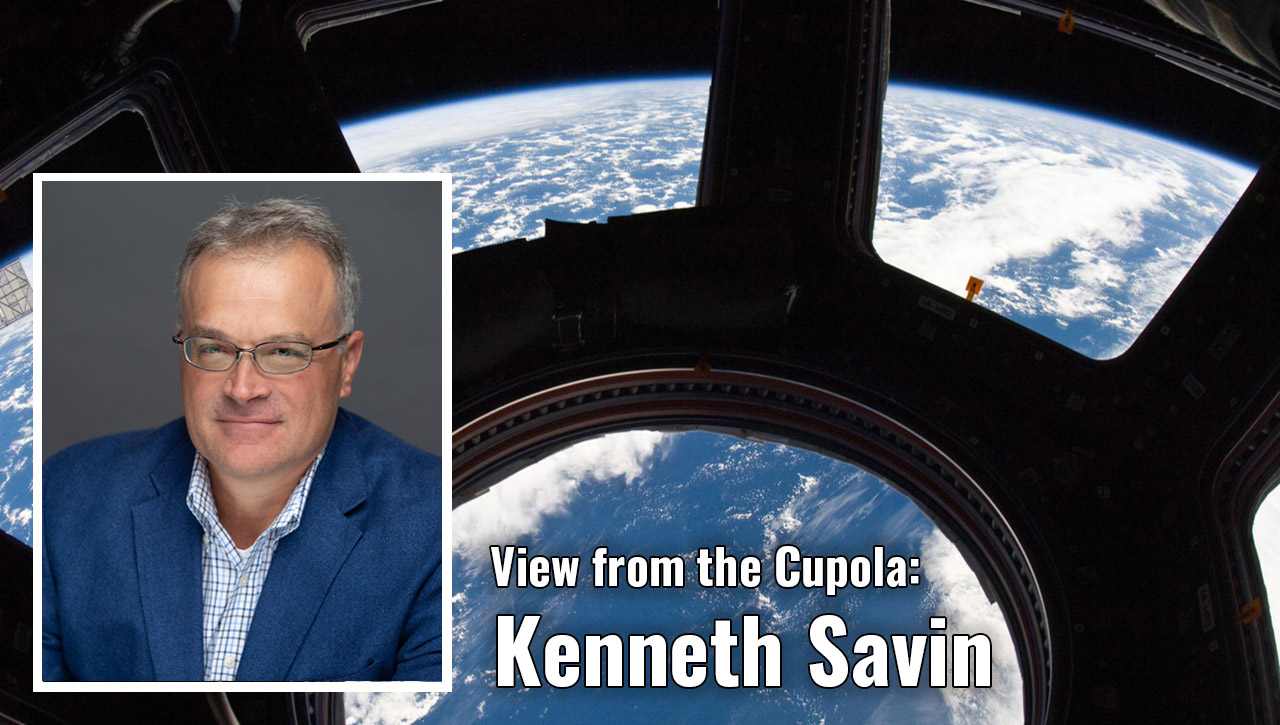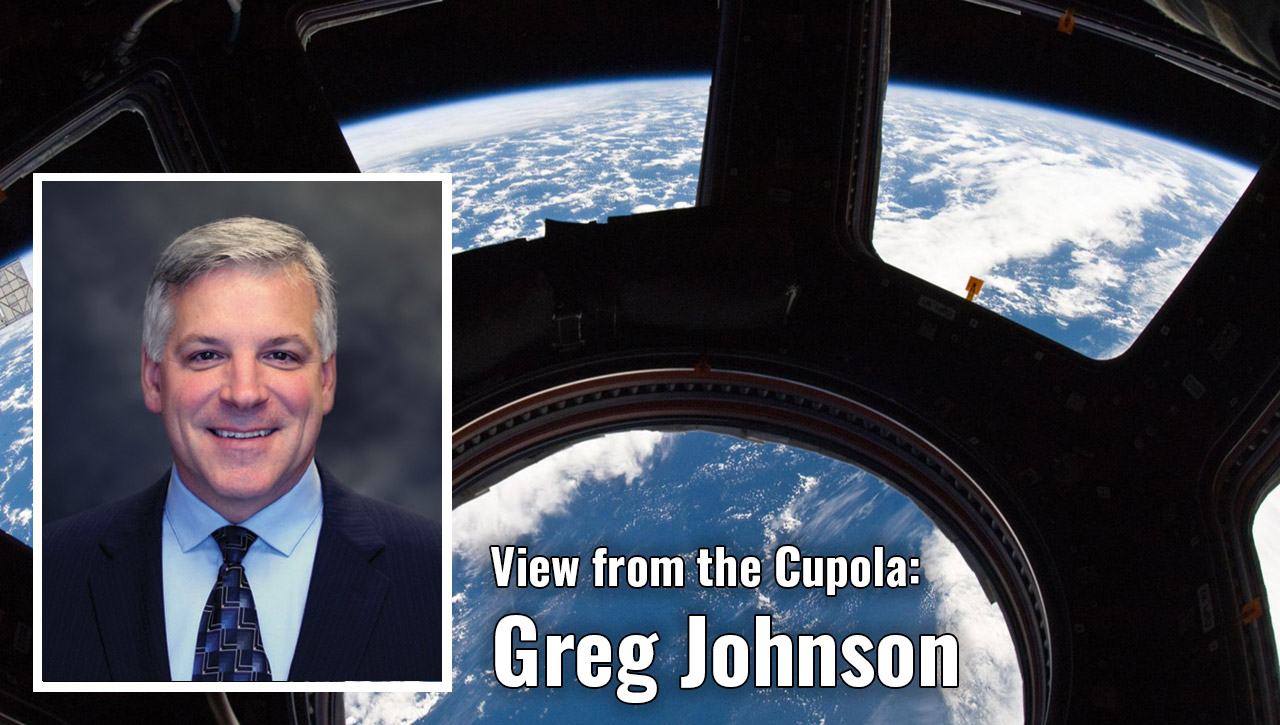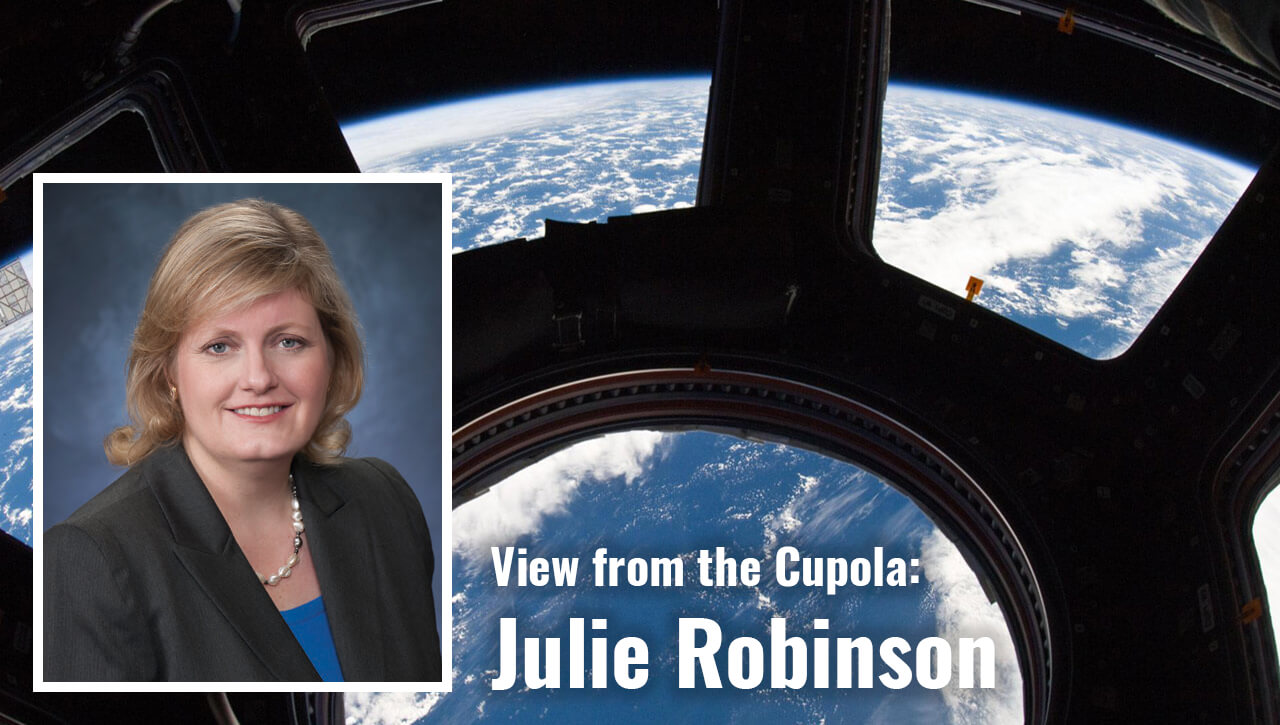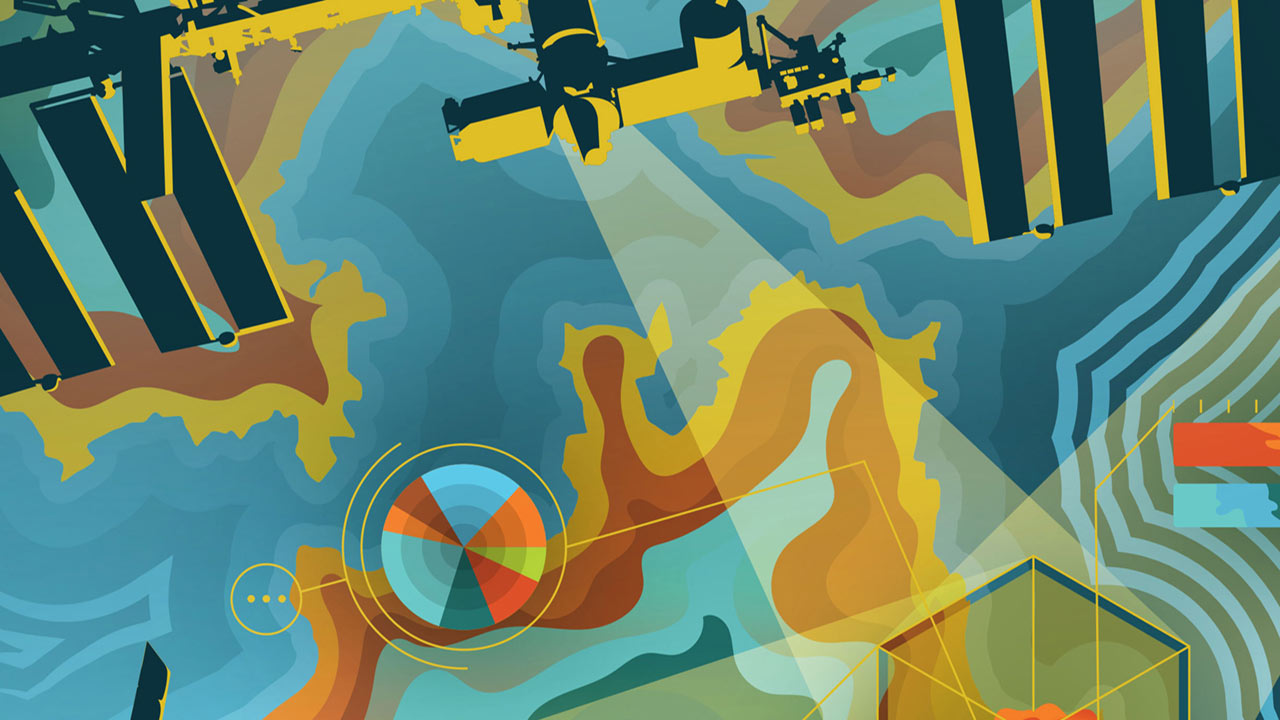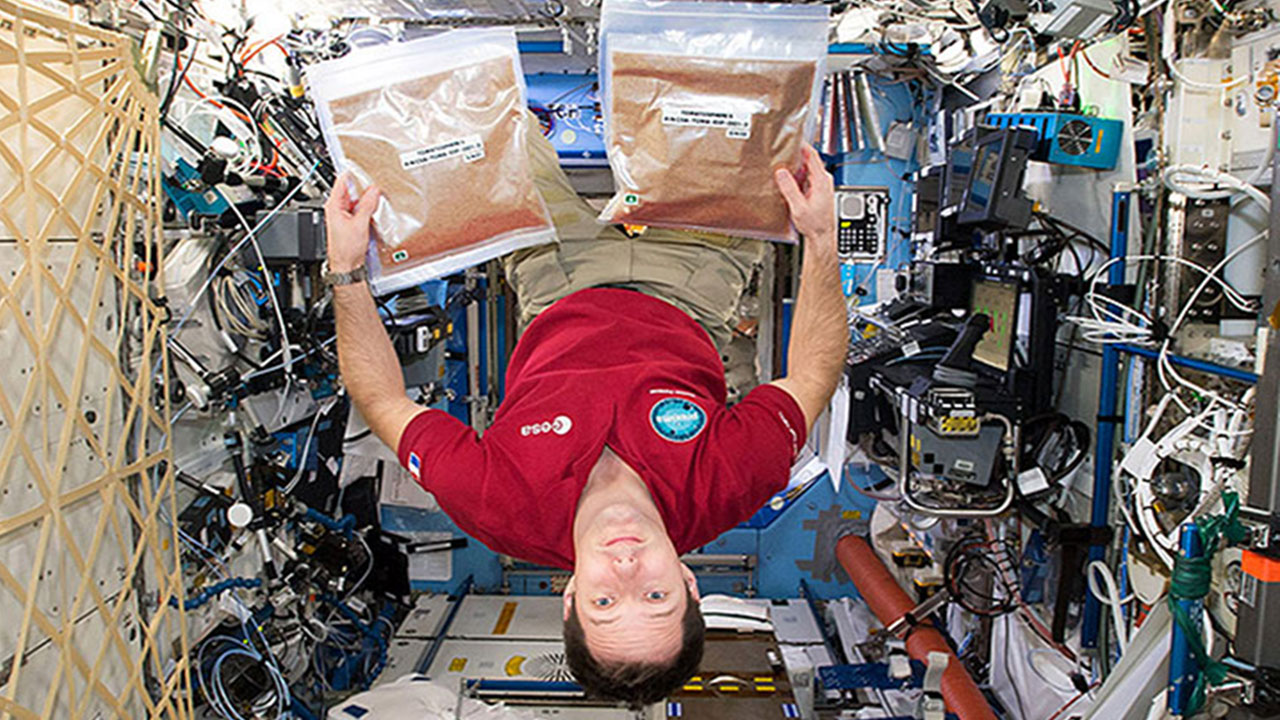WetLab-2: Transforming the ISS into a Living Laboratory
To study gene expression in a ground-based molecular biology lab, researchers utilize a whole lab bench of tools and equipment. The process of conducting…
The ISS and Household Products: How P&G is Using Space to Improve Customer Experience
In an era of increasing commercial innovation in space, many big-name companies are taking to the skies to explore how microgravity research might enhance…
Launching a Dream: Exploring DNA in Space
After years of imagining and months of preparation, New York high school student Anna-Sophia Boguraev watched in amazement as her dream left the launch…
Gravity Incarnate: Bone Health and Physical Force
The human body, while often glorified in artistry for its aesthetics, is nonetheless a type of organic machinery—and like all machines, it is governed…
Rodent Rocket Research: Biomedical Discovery in Space
Rodents have been traveling to space since the 1950s, helping to pave the way for humans to safely venture off our planet. Since these…
Staying True to Your Roots: Plants on the ISS
Earth and its inhabitants have changed over time. One constant, though, has been gravity. Plants on Earth evolved in gravity, and gravity has long been…
View From the Cupola: Kenneth Savin
You have got to be kidding! That is all I could think two and a half years ago when I got off the phone…
View From the Cupola: Greg Johnson
After the completion of another record year, the ISS U.S. National Laboratory continues to expand the frontiers of science in low Earth orbit! In…
View From the Cupola: Julie Robinson
The maturation of the International Space Station as a National Laboratory was on display at the recent ISS Research and Development (R&D) Conference in San…
Constellations, Clouds, and the Conundrum of Big Data Processing
For millennia, humans have looked up to the sky to find constellations of stars, wondering what mysteries they hold. Today, we live in a…
The Tomatosphere™ Education Program: Entering a Fruitful New Phase
Right now, space tomatoes are growing in thousands of classrooms across North America. Through the award-winning Tomatosphere program, K-12 students cultivate and study seeds…
View From the Cupola: Michael Roberts
Welcome to the inaugural issue of Upward, the quarterly magazine of the International Space Station (ISS) U.S. National Laboratory. Upward is published by the…


